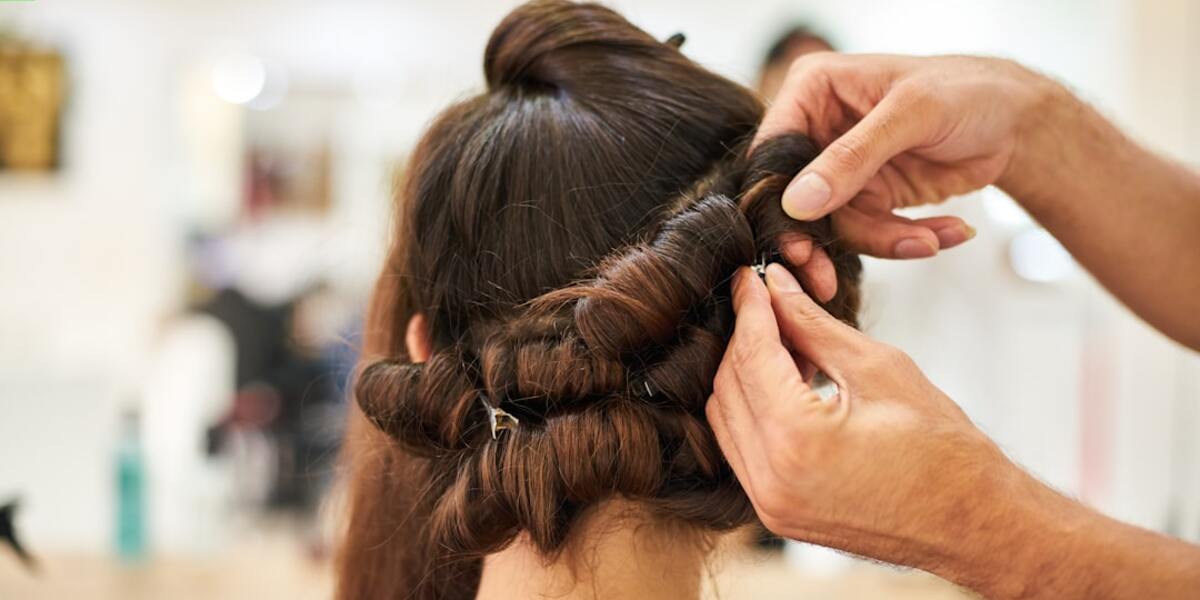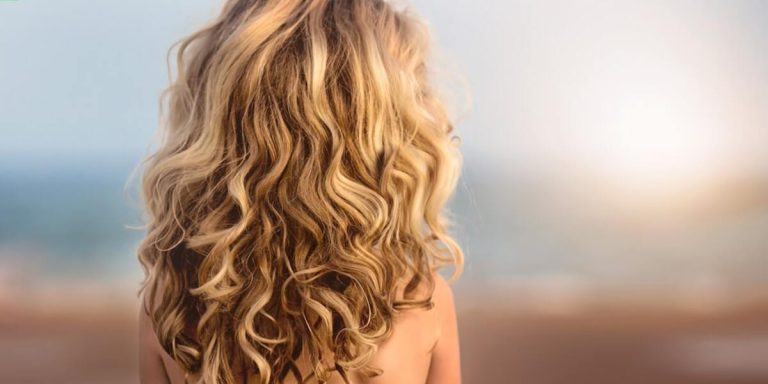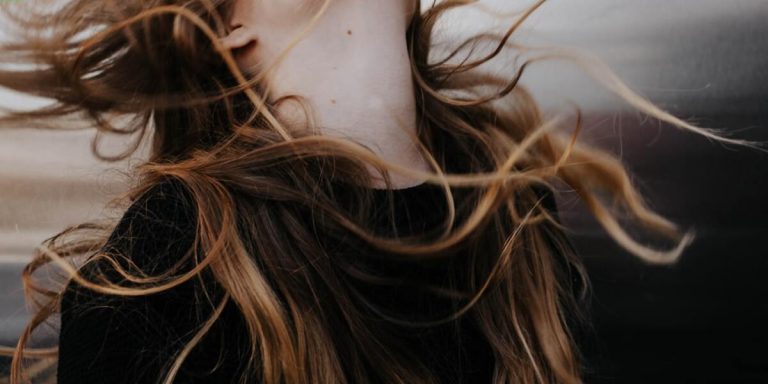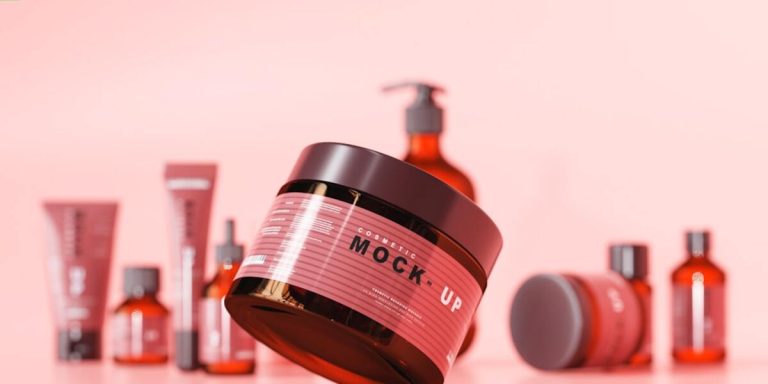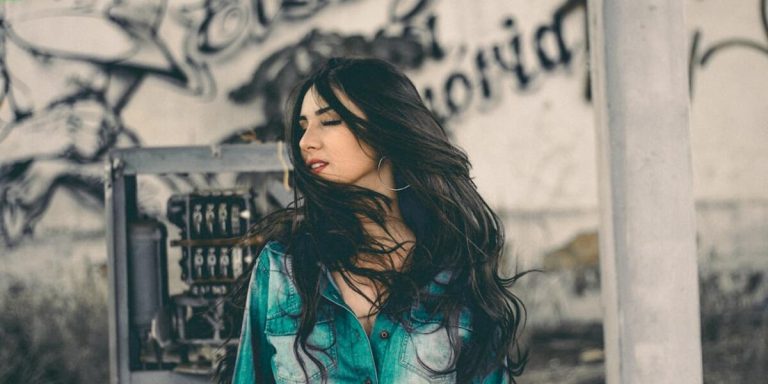Bleaching Hair Bad for Your Health: Unraveling the Impact on Overall Wellness
Many people believe that bleaching hair is bad for your health. This pursuit of beauty often involves potentially harmful practices, including the popular trend of hair bleaching. While offering an appealing style transformation, we must closely investigate its effects on overall wellness.
In this blog post, we’ll explore scientific insights to unravel the mystery behind bleach’s impact on healthy hair. You’ll learn what occurs when you expose your locks to potent chemicals. With this knowledge, you can decide if blondes truly have more fun or if they’re just hiding a serious health issue beneath their golden hues.
Did you know?
Did you know that excessive hair bleaching can lead to a condition called “Hair Shaft Anomaly”? This causes your strands to become porous, leading them to absorb and release moisture more quickly than normal – a factor often linked with brittleness and breakage.
The Impact of Hair Bleaching on Scalp and Follicle Health
The practice of hair bleaching has become a prevailing trend in the beauty world, with men and women alike striving for that perfect shade of blonde. However, achieving this desired look often comes at considerable cost to our scalp and follicle health, which we tend to overlook.
Bleach penetrates deep into the hair shafts and strips them of their natural color. This aggressive process alters your hair’s structural integrity, causing weak strands that break easily. Although lightening might produce an attractive hue, repeated use can significantly damage your locks. It changes their texture and makes them dry and brittle by affecting keratin, the protein responsible for strength and elasticity.
Bleach not only devastates our hair but also compromises our scalp’s well-being. Bleaching products, loaded with potent chemicals like ammonia or hydrogen peroxide, strip melanin from our roots. They can cause severe irritation or burns if left on for too long and potentially lead to conditions like dandruff or dermatitis, depending on individual skin sensitivity levels.
In conclusion, professionals may permit occasional usage, but constant touch-ups to maintain these lighter tones can risk hair health. Safer alternatives that offer a similar effect without compromising wellness are more prudent. Balancing style ambition with personal care commitment ensures the best possible outcome.
Signs of Damage Caused by Frequent Bleaching Treatments
Even the most die-hard fans of hair transformations cannot deny that bleaching treatments can take their toll on our tresses. Here, we delve into identifying evidence indicating damage caused by frequent bleach jobs which links directly to why “bleaching hair bad for your health”.
To begin with, let’s talk about two major signs: brittle strands and split ends. After repeated exposure to peroxide in bleach, strength and elasticity dwindle down significantly making them frailer than before.
Increased dryness often follows next as a symptom of damage from regular bleaching sessions. Hair may turn coarse over time due to losing moisture faster.
Another sign is an unusual frequency of shedding or thinning out exceptionally fast. These are clear markers pointing towards reduced follicle health.
Next up – scalp irritation might show you just how much harm you’ve done through ongoing bleach applications. Red patches? Itchy sensations?
Be careful! The effect could extend way beyond merely changing color!
Finally yet importantly comes altered texture; if lovely locks suddenly feel like straw rather than silk then consider it another red flag indeed.
Frequent use of harsh chemicals such as those found in typical commercial-grade lighteners spells potential catastrophe for both your scalp and follicles’ wellbeing leading some experts to deem,”bleachng hair bad for your health”.
How Chemical Ingredients in Bleach Affect the Scalp Ecosystem
Bleaching hair is a popular method for achieving daring and bold looks. However, it’s important to understand how the chemical ingredients in bleach can affect your scalp ecosystem.
When you apply bleach to your hair, certain active components take action on pigment molecules present in your follicles. The most notable among these chemicals are hydrogen peroxide and ammonia; both play critical roles but impact differently on one’s scalp health.
Hydrogen peroxide breaks down hair’s natural melanin, stripping its color and preparing it for new dyes. However, it disrupts the balance of essential oils required for healthy growth, causing dryness and brittleness that may lead to breakage over time.
Meanwhile, ammonia aides by opening up cuticle layers facilitating entry into each strand which further allows other harsh elements from various products applied post-bleach treatment increasing vulnerability causing damage at an even deeper level.
Protective Strategies for Maintaining Healthy Hair While Using Bleach
The allure of bleaching hair is undeniable. It paves the way for a fresh transformation and gives an edge to your appearance. However, as effective as bleach can be in transforming your mane, it is also notorious for potentially damaging the hair’s integrity.
Bleach strips the natural pigment from each hair strand, often causing dryness and brittleness. These conditions seriously compromise hair health. Moreover, repeated exposure can weaken roots and cause scalp irritation or burns without adequate management.
- Make smart decisions before application, such as choosing quality products with nourishing ingredients.
- Engage in extensive post-bleaching care practices, including regular deep conditioning treatments.
Don’t let fears surrounding bleached locks keep you from exploring new looks. The key lies in understanding how bleach affects your tresses and planning accordingly so that related risks are mitigated effectively.
Choosing the Right Products to Minimize Harmful Effects
When it comes to bleaching, making wise product choices is crucial in reducing potential damage and maintaining the health of your hair. The popular saying “bleaching hair bad for your health” rings true if not done with absolute care.
The market today offers a plethora of quality products designed to protect and nourish bleach-treated hair. These items restore essential nutrients lost during the bleaching process and provide vital protection against further stressors, including heat styling and environmental pollutants.
One must prioritize looking out for products containing natural ingredients like Aloe Vera, Argan Oil, Coconut Oil, Jojoba oil etc., which are known for their soothing properties on damaged strands. They aid in deep hydration and repair post-bleach treatment ensuring healthier locks through time.
Choose sulfate-free shampoos next. Sulfates strip naturally occurring oils from your scalp, which are essential for managing dryness due to chemical treatments such as bleaching. Choose gentler yet effective cleansing agents to maintain the necessary balance in your delicate hair ecosystem and aid recovery after each wash cycle.
Furthermore, make regular deep-conditioning sessions a non-negotiable part of your routine. Use intensive moisturizing conditioners or mask treatments rich in vitamins E and B5 to create a barrier that locks in moisture. Ensure they work from roots to tips, maintaining strand integrity despite frequent exposure to harsh coloring processes.
Essential Pre- and Post-Bleaching Care Routines
1. Hair Assessment: The first step involves conducting a thorough examination of your hair’s condition before any chemical treatment.
2. Deep Conditioning: Prepping the hair by deep conditioning ensures that it retains as much moisture as possible amidst the bleaching process.
3.Conditioner Treatments: Regular application of protein treatments two weeks prior to bleaching helps in strengthening the strands from within.
4.Hair Trimming: Removing damaged ends will reduce split ends’ spread up into each individual strand after bleach application.
1.Moisture Restoration Treatment : Bleached hair needs intense hydration; hence using dedicated moisturizing products becomes essential.
2.Consistent Protein Maintenance : These treatments help repair some damage done during bleaching by filling gaps caused due to loss of cuticle layer.
3.Refraining from Heat Styling Tools : Avoiding heat tools like straighteners or curlers prevents additional harm by reducing chances for further drying out already stressed tresses.
4.Regular Trim Sessions : Post bleach trimmings keep split end dilemmas at bay ensuring better overall health through minimizing potential breakage points across lengths.
Long-Term Consequences of Regular Hair Bleaching
Bleaching hair has become a popular trend in the world of hair fashion, especially among those who desire to transform their appearance drastically. Yet, it’s not without its risks. Regular exposure to bleach can potentially harm your overall health and cause long-term damage to your precious locks.
Firstly, let’s understand why bleaching our hair can be harmful. Hair bleaches such as hydrogen peroxide are chemical agents that lighten hair by breaking down melanin—the pigment that gives color to our tresses. They also strip away natural moisture from each strand in the process.
When you frequently bleach your mane, you likely set yourself up for several adverse effects:
- Dryness
- Split ends
- Brittle strands
These are all signs of severe fiber degradation.
In 2023 we have advanced considerably with respectability towards understanding how different elements affect body systems hence awareness about possible negatives associated should ideally prompt reconsideration before opting regularly-for ‘bleach jobs’ as they say colloquially speaking!
Understanding Cumulative Damage and Its Prevention
Bleaching hair has become a common beauty practice, but is bleaching hair bad for your health? The answer may surprise you. Over time, it can have long-term consequences and result in cumulative damage to your beautiful tresses.
Cumulative damage refers to the gradual buildup of harm from regular exposure to harsh chemicals in bleach products. Though each session might not seem harmful initially, every additional application increases the potential risk, leading to severe conditions like thinning or breakage.
Reduce the frequency of exposure to harmful agents by following these easy steps:
1) Limit Bleaching Sessions: Don’t over-do it! Independent studies suggest that spacing out sessions provides ample recovery time which helps limit overall destruction.
2) Deep Condition Regularly: Conditioning after each wash strengthens strands from within by providing essential hydration needed post-bleach treatment.
3) Use Hair Protectants: They work like sunscreens for our skin and form an additional protective layer against various environmental aggressors including heat-styling tools used alongside frequent bleaches – thus effectively minimizing their damaging effects.
4) Eat Well & Stay Hydrated: Providing nutrients via food while maintaining optimal water levels also contributes significantly towards maintaining healthy mane despite periodic exposures.
Reversing the Adverse Effects: Restoration Techniques for Over-Processed Hair
Prolonged hair bleaching over the years can seriously affect your overall hair health. However, if you regularly dye your hair, all is not lost. Numerous restoration techniques exist to nurse over-processed and damaged hair back to plentiful health.
If you’re asking, “Is bleaching hair bad for your health?” consider taking immediate action by stopping all chemical treatments. Allow your hair to recover naturally by giving it a break from harsh additives. You might need to embrace your roots or experiment with less damaging color options in the meantime.
Add deep conditioning masks to your weekly routine to infuse moisture into dry strands damaged by extensive bleaching. Select products rich in proteins and natural oils such as olive oil or argan oil, as they replenish the nutrients that harsh chemicals strip away during the lightening process.
Trimming ends regularly prevent split ends due to excessive blanching from traveling up the shaft and causing frizz or breakage on previously healthy parts of each strand.
Moreover, you should look at incorporating nutrient-rich foods targeting healthier tresses directly onto your plate! Foods high in vitamins A, C & E along with iron and omega fatty acids significantly promote strong-held hairs while also boosting shine often missing post-lightening procedures.
Conclusion
Bleaching hair can provide you with a fresh and modern look, but you must not overlook the underlying damage. The saying “beauty is pain” should not mean sacrificing your health in the long run. So, remember before you pick up that bleach bottle next time – ‘bleaching hair is bad for your health‘ isn’t just a phrase; it’s a call to prioritize wellness over temporary aesthetics.
Explore more about hair health and other topics on our website, filled with enlightening and engaging content tailored for you. Step into our world to have your queries resolved by experts offering science-backed facts and easy-to-follow advice. Enjoy browsing through our treasure trove of hair care information!

